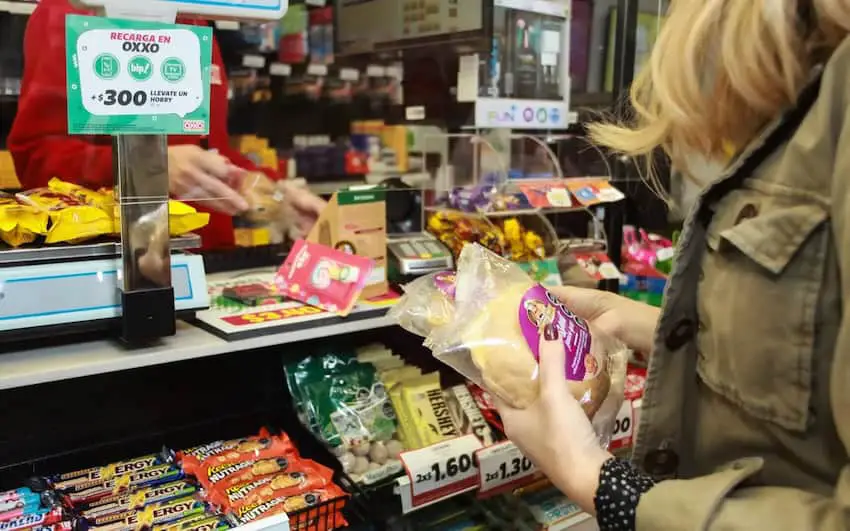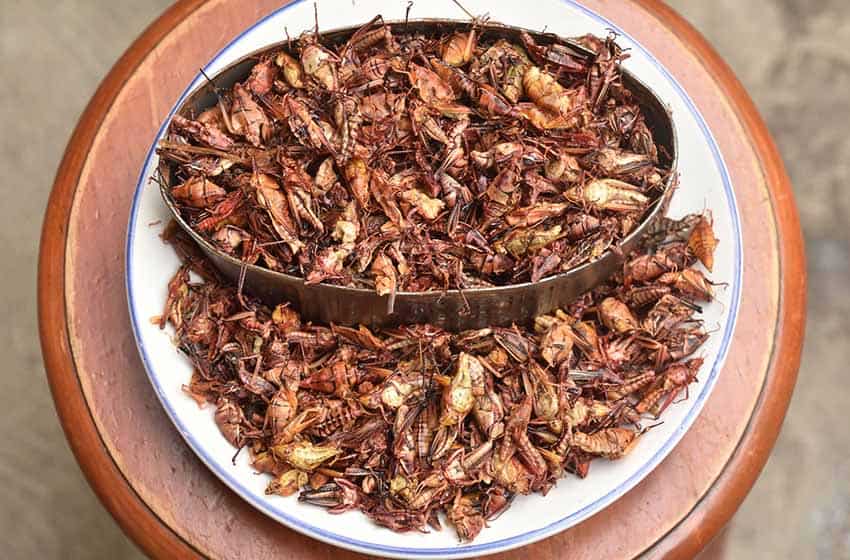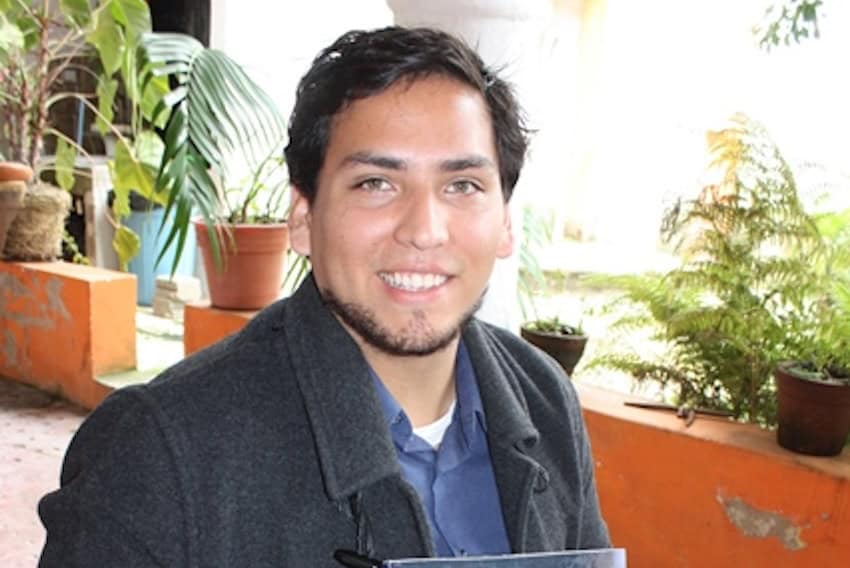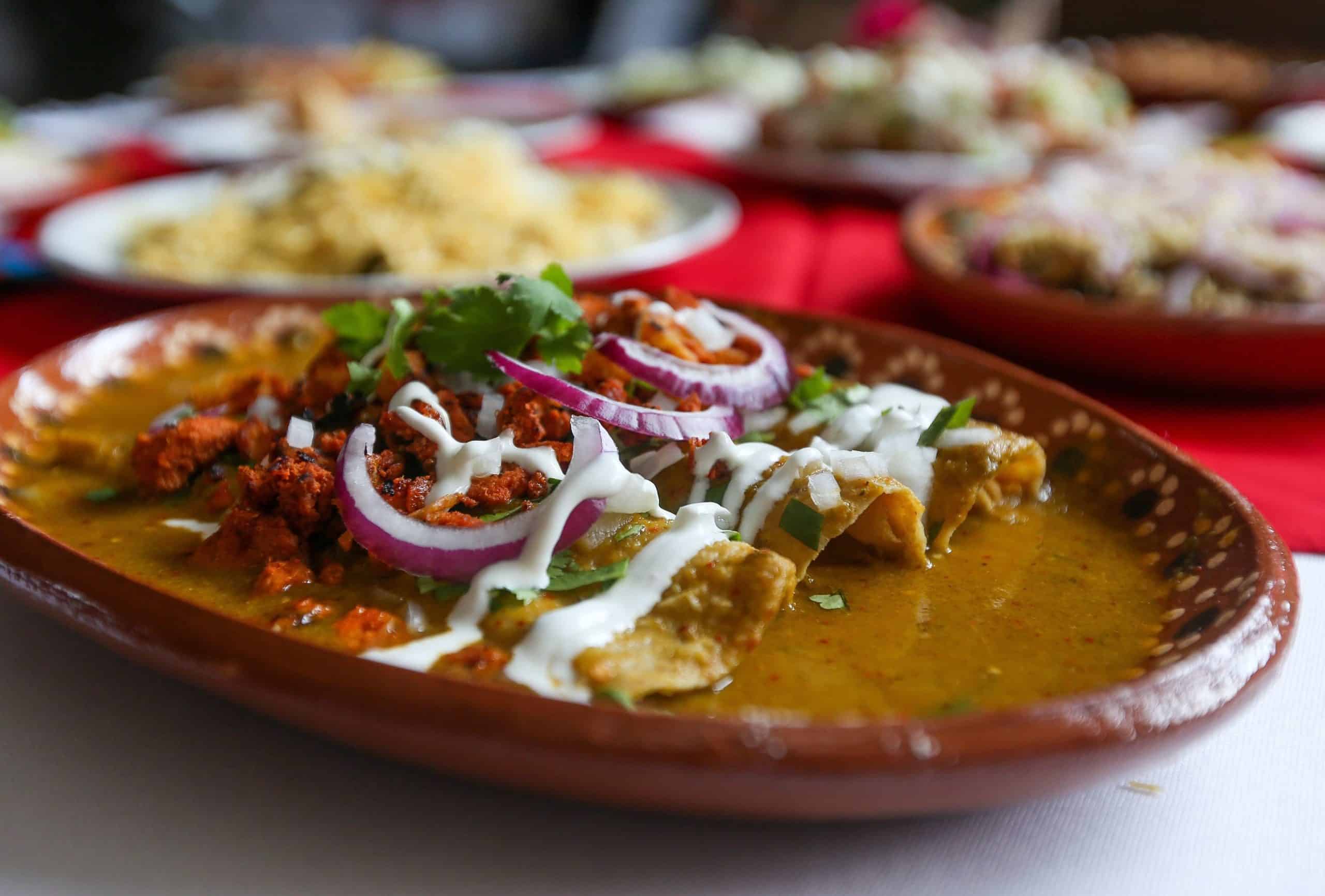Mexico works hard to preserve its traditions. Charreadas have survived with fervor since the 16th century. Mariachi and banda musicians started belting out romantic ballads in the 1800s and haven’t stopped since. Still, Mexico’s dedication to its customs is nowhere more apparent than in its cuisine. Mexican food traditions are some of the oldest and most unique in the world as a result.
Society’s newfound need to keep things moving and satisfy every urge in an instant has proved challenging to traditions and customs. With the help of four top chefs, we discovered the trick to saving Mexico’s classic dishes in a world of McDonald’s and ready-made salads at Oxxo.

Challenges to traditional Mexican cuisine
The lightning-speed lifestyle of today’s younger generations has, with much misfortune, led to equally fast food choices. “People of the past used a metate to grind chilis, pepper, garlic and cinnamon,” says Zaylam Colli of Kexti’i in Mérida. Families these days don’t have the time or money to keep up with these kinds of traditions. In lieu of cooking, they reach for ready-made sandwiches or packages of highly processed snacks to fend off hunger and save a few pesos.
Much of that ease of access has to do with the global supply chains Mexico is enmeshed in. While globalization has its benefits, not everything is coming up roses. With access to exotic dishes from Japan to Peru, traditional products and foods are being snubbed in favor of trendier bites. Juan Antonio Rodríguez and Cinthia Salvador of Hñähñú Restaurante in Mixquiahuala, Hidalgo, whose menu is dedicated to the state’s Otomi roots, say the trend is “displacing products, techniques, knowledge and flavors” in the name of culinary fashion.
Climate change, ever the hot topic, is also a clear threat to classic cookery in all corners of the globe. In Mexico, that threat manifests as lack. Less rain and increasing temperatures are having a devastating effect on ingredients that were once harvested abundantly, like chilis.
Recent years have seen a drop in insects, a delicacy in traditional Mexican cuisine. As per Rodríguez and Salvador, escamole nests were empty and “the cocopaches (mezquite bugs) didn’t even appear on the mezquite trees this year.”

“Climate change is jeopardizing our own ancestrality,” they add, a sentiment shared by all chefs interviewed for this article.
Ingredients and dishes at risk
Combined, these factors put regional dishes and indigenous ingredients at risk of extinction. While there might not be a total wipeout, the loss of just one ingredient would have a domino effect on traditional cooking; the extinction of one little chili, for example, could feasibly destroy an entire cuisine.
Lesterloon Sánchez is head chef of Veracruz’s Múcara hotel and author of the 2017 cookbook “Las flores en la cocina veracruzana.” He describes this phenomenon in detail.

“The ingredient is as important as the way in which it’s consumed,” the chef says. “One cannot survive without the other. Let’s think about a native chili that grows in a certain community. Something interesting happens. In that community, that chili is used in certain dishes like a tamal, a mole or a salsa. If that food stops being prepared within the community, the farmers would stop planting the chili.”
“But in the same way,” Sánchez told me, “if the farmers stop planting the chili and it disappears from the fields, all the dishes made with that native chili would lose their meaning, their flavor and their context. Over time, it [the dishes] would stop being made and disappear along with the cuisine of that community.”
Colli, Rodríguez and Salvador have specifically pointed out the following dishes disappearing from the world’s menu:
- Joroches: A Yucatecan dish of Xcaita squash cooked with corn broth and zucchini flower.
- K’ol de morcilla: A Yucatecan stew of blood sausage and corn masa.
- Ek: Wasp eggs, a delicacy consumed as a taco with habanero chili salsa in Yucatán.
- Githe: A Hidalgo stew of hearty goat meat and chili thickened with corn masa.
Preserving local traditions

Colli and her family work to preserve the cuisine of Nunkiní, Campeche by organizing traditional cooking workshops and teaching conservation methods to the local community. Rodríguez and Salvador in Hidalgo suggest that, while it’s just the tip of the iceberg, simply cooking traditional recipes is a good start.
For their part, Lesterloon Sánchez and his team work with small-scale producers that use agroecological methods to cultivate their ingredients. By buying local ingredients, they can ensure the continued production of unique endemic ingredients such as compeño chili and pink salt from Soconusco, Veracruz.
The beauty of Mexican cuisine
If you read them right, each nation’s most precious dishes tell you a story. The colors, textures, spices and grains all work together to reflect a place’s history, geography and personality.

Mexican food is praised for its aromas, tastes and vibrant colors. What diners tend to overlook at the moment of ingestion, though, is the cuisine’s antiquity and relationship to the land. “Its origins lie in one of humanity’s most ancient cuisines, found in one of the world’s most biodiverse regions, following a historical path that connected entire civilizations,” Lesterloon Sánchez says. “I learned from a young age that there isn’t one Mexico, but rather many Mexicos that coexist in the same territory, and even outside of this territory. Therefore, we cannot speak of Mexican cuisine, but of Mexican cuisines.”
So when your stomach starts growling, can you perhaps forgo the convenience of the corner Greengrass or that bag of Doritos? Can you instead tuck into a handmade tamal or, better yet, learn how to use a molcajete and bring Mexico’s flavors to life in your very own kitchen? Mexico, its land and its people, will be all the better for it.
Check out Mexico City-based ArcaTierra’s upcoming Festejo de Sabor de la Tierra event on Sept. 29. In collaboration with the abovementioned chefs, attendees will enjoy six hours of expert talks, live music and a vibrant buffet of traditional foods in the ex-convent of San Hipólito, in Mexico City’s Historic Center.
Bethany Platanella is a travel planner and lifestyle writer based in Mexico City. She lives for the dopamine hit that comes directly after booking a plane ticket, exploring local markets, practicing yoga and munching on fresh tortillas. Sign up to receive her Sunday Love Letters to your inbox, peruse her blog, or follow her on Instagram.
